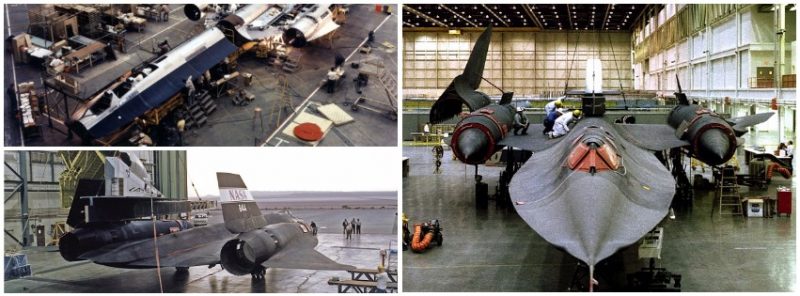The SR-71 was designed for flight at over Mach 3 with a flight crew of two in tandem cockpits, with the pilot in the forward cockpit and the Reconnaissance Systems Officer (RSO) operating the surveillance systems and equipment from the rear cockpit, and directing navigation on the mission flight path.
The SR-71 was designed to minimize its radar cross-section, an early attempt at stealth design.Finished aircraft were painted a dark blue, almost black, to increase the emission of internal heat and to act as camouflage against the night sky. The dark color led to the aircraft’s nickname “Blackbird”.

While the SR-71 carried radar countermeasures to evade interception efforts, its greatest protection was its combination of high altitude and very high speed, which made it almost invulnerable. Along with its low radar cross-section, these qualities gave a very short amount of time for an enemy surface-to-air missile (SAM) site to acquire and track the aircraft on radar.
By the time the SAM site could track the SR-71, it was often too late to launch a SAM, and the SR-71 would be out of range before the SAM could catch up to it. If the SAM site could track the SR-71 and fire a SAM in time, the SAM would expend nearly all of the delta-v of its boost and sustainer phases just reaching the SR-71’s altitude: at this point, out of thrust, it would go ballistic.
Merely accelerating would typically be enough for an SR-71 to evade a SAM; changes by the pilots in the SR-71’s speed, altitude, and heading were also often enough to spoil any radar lock on the plane by SAM sites or enemy fighters. At sustained speeds of more than Mach 3.2, the plane was faster than the Soviet Union’s fastest interceptor, the Mikoyan-Gurevich MiG-25, which however could not reach the SR-71’s altitude.During its service life, no SR-71 was shot down.
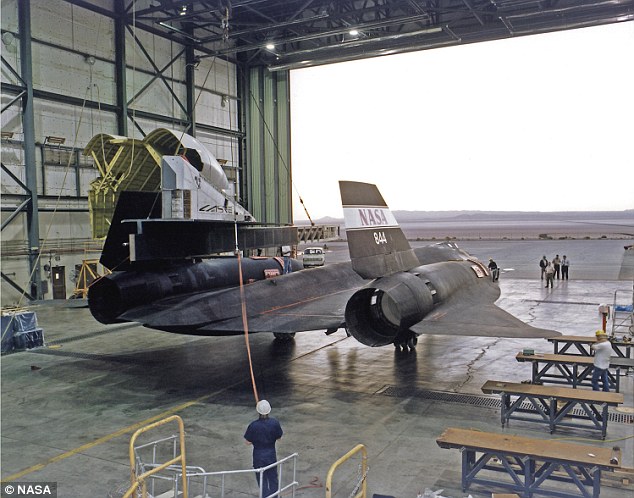
Lockheed’s previous reconnaissance aircraft was the relatively slow U-2, designed for the Central Intelligence Agency (CIA). In late 1957, the CIA approached the defense contractor Lockheed to build an undetectable spy plane. The project, named Archangel, was led by Kelly Johnson, head of Lockheed’s Skunk Works unit. The work on project Archangel began in the spring 1958, with aim of flying higher and faster than the U-2.
Out of 11 successive designs drafted in a span of 10 months, “A-10” was the front runner. Despite this, however, its shape made it vulnerable to radar detection. After a meeting with the CIA in March 1959, the design was modified to have a 90% reduction in radar cross-section. The CIA approved a US$96 million contract for Skunk Works to build a dozen spy planes, named “A-12” on 11 February 1960. The 1960 downing of Francis Gary Powers’s U-2 underscored its vulnerability and the need for faster reconnaissance aircraft such as the A-12.
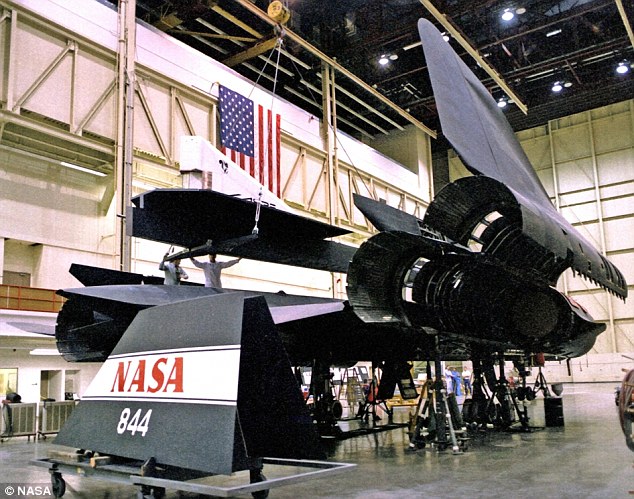
The A-12 first flew at Groom Lake (Area 51), Nevada, on 25 April 1962. Thirteen were built; two variants were also developed, including three of the YF-12 interceptor prototype, and two of the M-21 drone carrier. The aircraft was meant to be powered by the Pratt & Whitney J58 engine, but development ran over schedule, and it was equipped instead with the less powerful Pratt & Whitney J75 initially.
The J58s were retrofitted as they became available, and became the standard powerplant for all subsequent aircraft in the series (A-12, YF-12, M-21) as well as the SR-71. The A-12 flew missions over Vietnam and North Korea before its retirement in 1968. The program’s cancellation was announced on 28 December 1966, due both to budget concerns and because of the forthcoming SR-71, a derivative of the A-12.
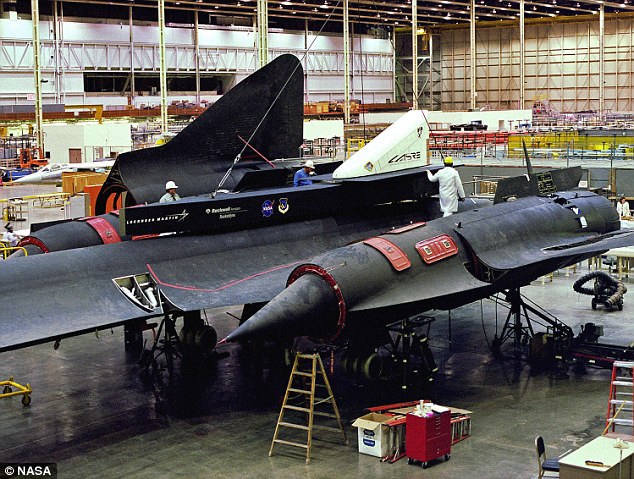
The SR-71 designator is a continuation of the pre-1962 bomber series; the last aircraft built using the series was the XB-70 Valkyrie; however, a bomber variant of the Blackbird was briefly given the B-71 designator, which was retained when the type was changed to SR-71.
During the later period of its testing, the B-70 was proposed for a reconnaissance/strike role, with an RS-70 designation. When it was clear that the A-12 performance potential was much greater, the Air Force ordered a variant of the A-12 in December 1962. Originally named R-12 by Lockheed, the Air Force version was longer and heavier than the A-12, with a longer fuselage to hold more fuel, two seats in the cockpit, and reshaped chines. Reconnaissance equipment included signals intelligence sensors, a side looking airborne radar and a photo camera.The CIA’s A-12 was a better photo reconnaissance platform than the Air Force’s R-12, since the A-12 flew somewhat higher and faster, and with only one pilot it had room to carry a superior camera and more instruments.
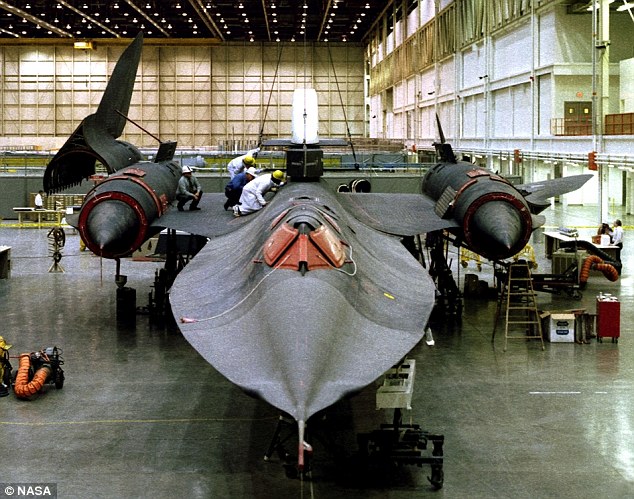
During the 1964 campaign, Republican presidential nominee Barry Goldwater repeatedly criticized President Lyndon B. Johnson and his administration for falling behind the Soviet Union in developing new weapons. Johnson decided to counter this criticism by revealing the existence of the Lockheed YF-12A Air Force interceptor, which also served as cover for the still-secret A-12, and the Air Force reconnaissance model since July 1964.
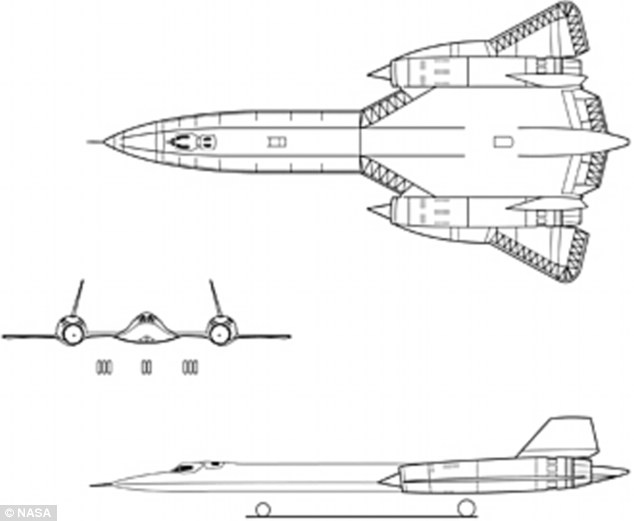
Air Force Chief of Staff General Curtis LeMay preferred the SR (Strategic Reconnaissance) designation and wanted the RS-71 to be named SR-71. Before the July speech, LeMay lobbied to modify Johnson’s speech to read SR-71 instead of RS-71. The media transcript given to the press at the time still had the earlier RS-71 designation in places, creating the story that the president had misread the aircraft’s designation.
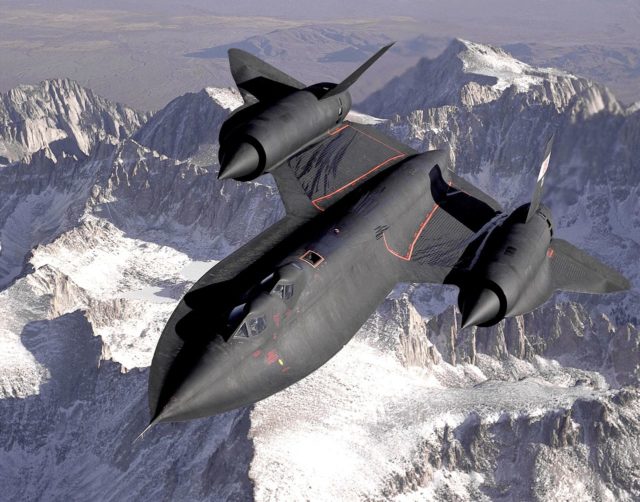
In 1968, Secretary of Defense Robert McNamara canceled the F-12 interceptor program; the specialized tooling used to manufacture both the YF-12 and the SR-71 was also ordered destroyed. Production of the SR-71 totaled 32 aircraft with 29 SR-71As, 2 SR-71Bs, and the single SR-71C
